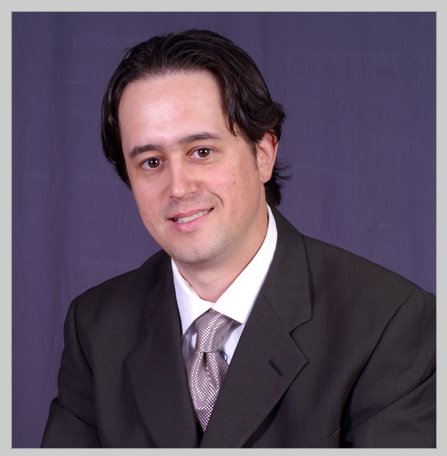Understanding Regulations
The practice of government relations is often simplified down to what is believed to be relationship building with politicians. What is less known are the years of expertise government relations practitioners develop in specific subject matters. Most often, the value of this specialization comes from years of focusing on changing those aspects of policy that do not require new legislation.
Regulations are often that lesser understood part of the process.
Who is involved in making and reviewing regulations?
The following are the main participants in the regulatory process:
* the delegate of the regulation-making powers (usually the Governor General acting on the advice of the Cabinet, but sometimes a particular Cabinet minister or an administrative agency)
* the officials in the department or agency responsible for the regulations
* the Regulations Section of the Department of Justice
* the Regulatory Affairs Directorate of the Treasury Board Secretariat
* the Standing Joint Committee of the Senate and the House of Commons for the Scrutiny of Regulations.
Who should be consulted?
Regulations Section
When legislative proposals involve the delegation of regulation-making powers, consideration should be given to consulting the Regulations Section. It can provide advice about which sorts of provisions are appropriate to include in regulations and which should be contained in the enabling Act. It can also provide advice about drafting enabling provisions. (See Chapter 4 - The Regulatory Process)
There is a close connection between Acts and regulations. Decisions about the drafting of an Act can have a considerable impact on the regulations that will be made under it. It is often desirable for departmental legal advisers, drafters and regulations specialists to meet to discuss these issues when preparing the Memorandum to Cabinet or drafting the bill.
The General Public
Public consultation should be viewed as an integral part of the legislative process, particularly where a bill will have a significant impact on members of the public.
Public consultation should normally occur after internal consultation within the Government and consultation with other governments have taken place.
The fundamental elements for meaningful consultation that apply to both the Government and members of the public are:
a shared understanding of the purpose of the consultation;
mutual respect;
clear communication;
an appreciation of the need to agree on workable approaches, often entailing a compromise;
meaningful input into the policy formulation process; and the recognition that consultation will not always lead to consensus.
Public consultation are guided by the following principles:
The need for public consultation will be determined early in the planning process, followed by the identification of the individuals and groups interested in the bill. Public consultation processes will be carried out in an objective and open manner, within reasonable time frames and with consideration of the cost to both the public and the Government.
The manner and extent of public input will be determined by such factors as:
how the bill will affect the public, particularly those who may have special rights or interests; the nature or extent of consultation (for example, issue-specific or ongoing); feasibility (for example, resource implication and time constraints);
national and regional interests; and the objectives and scope of consultation, including the method of consulting and the time frame for doing so, will be clearly defined at the outset in order to facilitate a clear, mutual understanding of the purpose of the consultation.
_______________________
Mark Buzan is the owner of Action Strategies, a Government Relations consultancy. You can subscribe now to his monthly public affairs newsletter by visiting the newsletter section of his website.




